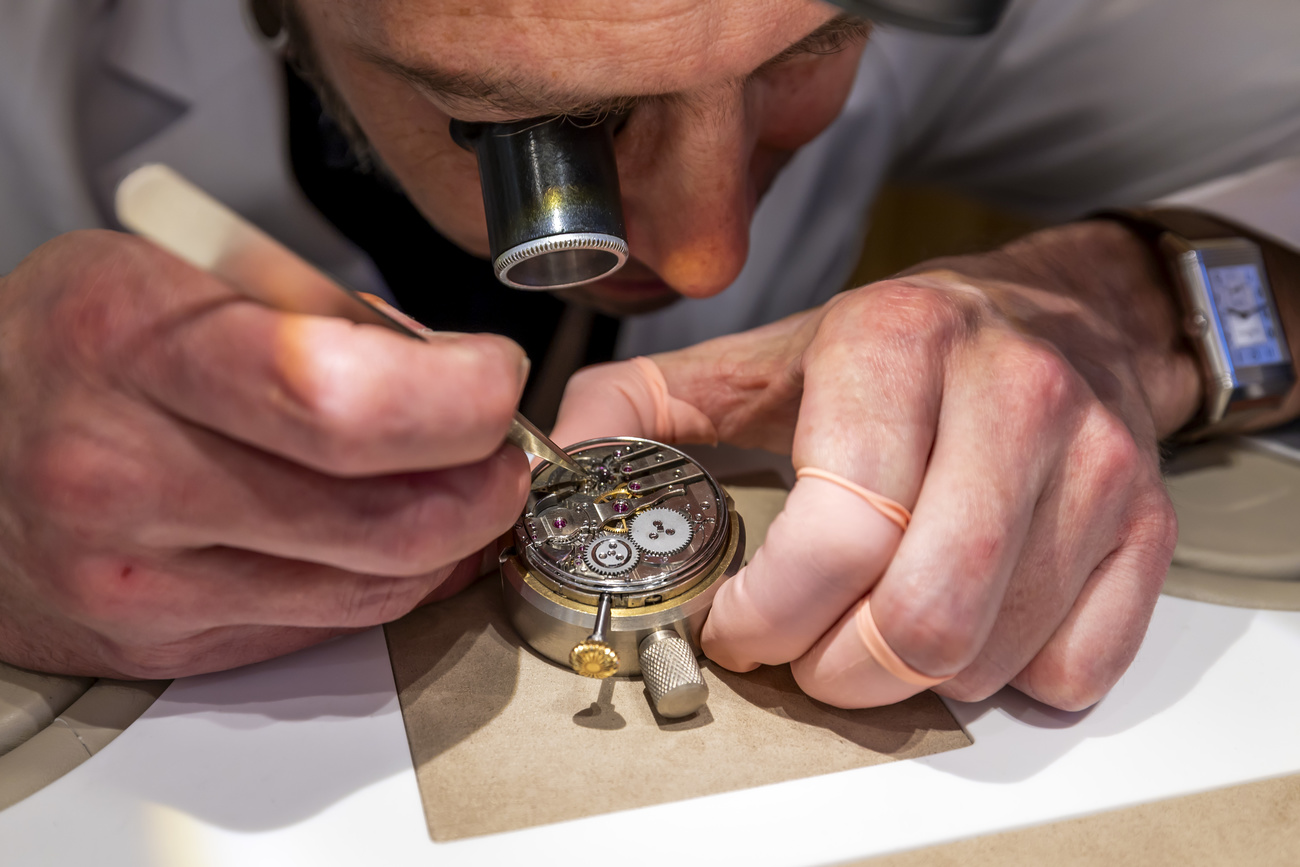Srebrenica women seek Swiss help

For the survivors of the 1995 Srebrenica massacre, Europe's worst bloodbath since World War Two, little has changed since the end of the Bosnian war. A delegation of women survivors told Swiss parliamentarians their story on Wednesday.
The fall of mainly Muslim Srebrenica in 1995 was one of the final acts of the war. After slowly cutting off the town, Bosnian Serb soldiers rounded up the entire population of the besieged enclave, which was in theory under the protection of the United Nations.
As part of their campaign of “ethnic cleansing” the Serbs expelled the women, children and old men. After dividing all military-age men from their families, special squads began systematically killing them.
Almost 16,000 were shot and thrown into mass graves.
After their expulsion from the town in 1995 the Srebrenica women were rehoused in homes themselves vacated by Serb refugees in Muslim-held territory.
Months after the fall of the town a peace deal to end the Bosnian war was signed at Dayton in the United States. The return of refugees was part of the treaty.
The Serbs are calling for their own refugees to return, the women have been forced to leave the houses they were given, and now find themselves homeless. In addition to this vulnerability, many of them are suffering from psychological problems and the physical effects of rape, used as a “weapon” by the Serb army.
Around 400 have found refuge in Switzerland, and parliamentarians have called on the government to exclude them from a refugee return programme. Germany recently decided to halt similar returns.
The Srebrenica women have called on Switzerland to push for justice to be done in Bosnia. Around 800,000 people are internally displaced there, many of those indicted for war crimes remain at large, and Bosnian Serb voters recently gave electoral backing to hardliners who have vowed to protect the guilty.
For many of the women the struggle to survive today takes second place to the need to find the bodies of the people they lost when Srebrenica fell.
Switzerland has promised SFr100,000 to help identify the bodies of the massacre victims. Since 1998 the international community has been trying to locate the dead, before exhuming and identifying them.
But a lack of funds for DNA testing means that of the 5,300 bodies recovered so far, only around 70 have been identified.
swissinfo with agencies

In compliance with the JTI standards
More: SWI swissinfo.ch certified by the Journalism Trust Initiative








You can find an overview of ongoing debates with our journalists here . Please join us!
If you want to start a conversation about a topic raised in this article or want to report factual errors, email us at english@swissinfo.ch.